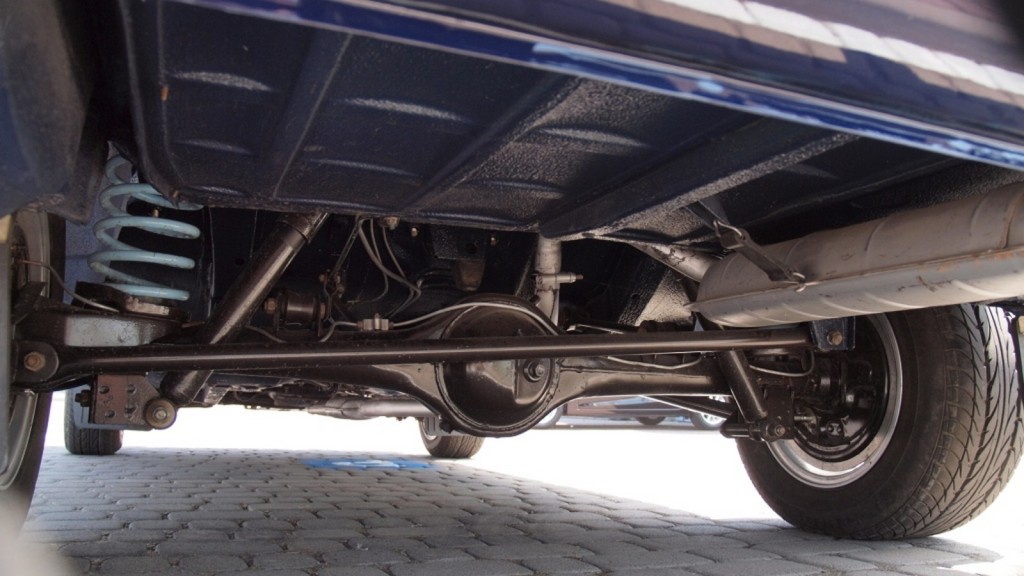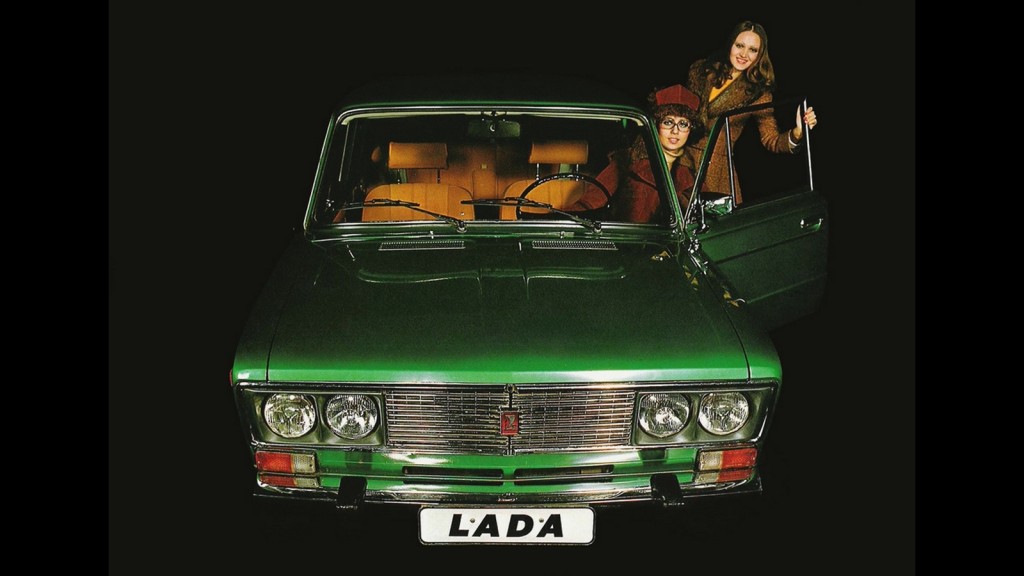
Among all the variety of rear-wheel drive VAZ cars, every true “zhigulist” has his own favorite model. However, a significant part of the fans of the Togliatti classics are sure that it is the VAZ-2106 that is “the best Zhiguli of all times and peoples”, a kind of top of the rear-wheel drive line of the Volzhsky Automobile Plant. The arguments are very diverse. We will try to put these puzzles together into a single picture, which will help answer the question: was the “six” really the best, and why?
At the Volzhsky Automobile Plant, the sixth model was produced until 2001 – that is, exactly a quarter of a century. Of course, the release process was not complete without upgrades and updates. And yet, how did the “six” manage to earn such love and respect from Soviet and Russian motorists? After all, cars with characteristic plastic “glasses” around four round headlights over three decades have produced no less than four million copies – again, almost a record figure for one particular model.
Engineering
VAZ designers were able to really modernize the “three” (VAZ LADA 2103) with minimal means, to make its appearance stricter, more laconic and at the same time “more fashionable”.
Plastic fangs and endings of bumpers, framing of headlights, completely original rear lights, other caps – seemingly small touches, but the “six” was really perceived by contemporaries as a new model, and not a modification of the usual “three”.

At the same time, the designers and artists faced a very difficult task: they had to improve the Italian design without spoiling it at the same time. By that time, VAZ had already gained sufficient experience and had a certain taste, which made it possible to make the “six” even better.

There were also enough changes in the interior. In the cabin of the “six”, attention was drawn to the fully velor upholstery of the seats, on the front ones, in addition, there were head restraints, and in the instrument cluster – a separate indicator of insufficient brake fluid level and a rheostat, smoothly changing the brightness of the dashboard illumination.

As in the case of the 1.3-liter version of 21011, the designers increased the cylinder diameter from 76 to 79 mm, which, in combination with the “three-stroke” piston stroke, led to an increase in the working volume to 1.57 liters.


Due to the long stroke, the engine, in comparison with the 2103 engine, added 12% of the torque, becoming noticeably more high-torque at low revs. At the same time, the designers made the transmission of the “six” much more “high-speed”, reducing the gear ratios of some gears and the main gear. As a result, with an estimated engine power of 80 hp. Lada of the sixth model stepped over the one-and-a-half speed line, accelerating to 154 km/h.

The 2106 engine was objectively the pinnacle of the Soviet subcompact car industry.


Comfort
The Six was close in terms of sound insulation and ride smoothness to its “progenitor” Third model. And after the discontinuation of the “Three” in 1985, it turned out that the “Six” was the quietest, softest and smoothest.

And after 10-15 years, when the interiors of all Zhiguli became equally outdated, the interior of the sixth model began to look classically noble. What is, for example, a dashboard, which consisted of five separate circular indicators! And the arrow clock in the center of the “torpedo” in the late nineties was already perceived quite “in Jaguar style”.

On the other hand, in the cars of later releases, such important details as electric heated rear window and rear fog lamp appeared.
Image
At the time of the appearance of the VAZ-2106, it was the pinnacle of the Togliatti model range both in terms of positioning by the manufacturer and in terms of equipment.

It’s funny, but at a certain time the same car in the eyes of potential buyers had a completely different image: if young motorists saw in it only an outdated and deteriorated “classics”, then representatives of the older generation looked at it as “that very magnificent Six.” – the most expensive, dynamic and high-quality finished car of the Volzhsky Automobile Plant.

For the sake of fairness, we note that for a significant time the Sixth model of the VAZ really was that, offering the Soviet consumer maximum comfort and luxury – if, of course, this word is applied to one of the most massive cars on the planet.



